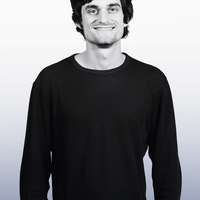Artificial intelligence & robotics
Rui Yao
Fusing the "eye of heaven"

Global
John Schulman
Training AI to be smarter and better, one game of Sonic the Hedgehog at a time.

Europe
Annu Nieminen
She empowers consumers with information about the different impacts of goods and services thanks to artificial intelligence

China
Nan Li
Novel scheme for urban resilience management with integrated system modeling approaches and big data analytics

Global
Julian Schrittwieser
AlphaGo beat the world’s best Go player. He helped engineer the program that whipped AlphaGo.
